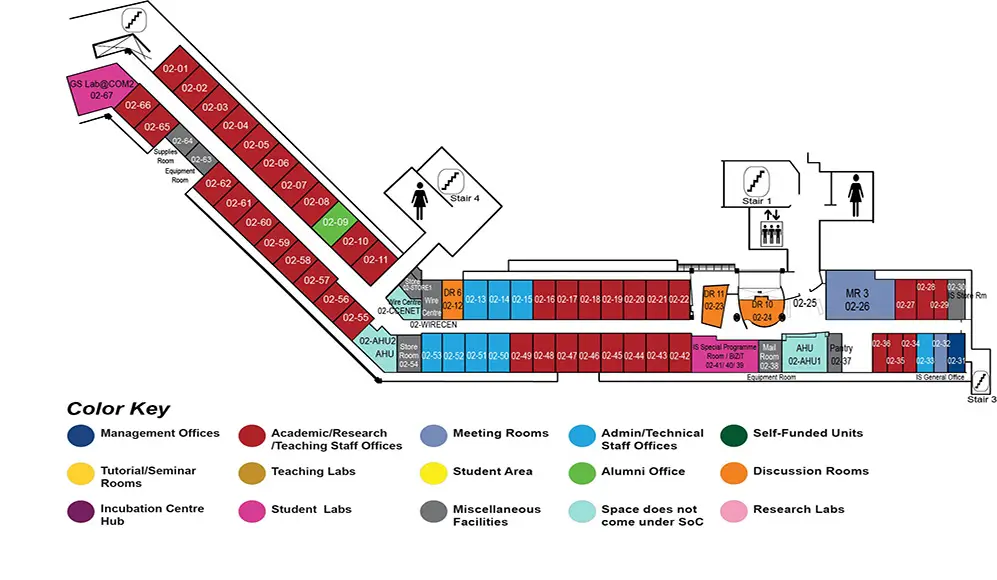Learning Human Mobility with Deep Spatio-Temporal Neural Networks
COM2 Level 2
MR3, COM2-02-26


Abstract:
Massive trajectory data representing the movements of people have been generated thanks to recent developments in location-acquisition and ubiquitous computing techniques. The proliferation of such mobility data, combined with the predictive power and prevalence of artificial intelligence, facilitates a wide range of applications, such as location-based social networks, intelligent transportation, urban planning, epidemic tracking, and route recommendation.
In this thesis, we conduct a systematic study on understanding human mobility with deep learning techniques (in particular, deep spatio-temporal neural networks) at two separate levels: the trajectory level and the aggregation level, each of which has its related tasks and solutions. After revisiting prior studies for learning human mobility at each level, we expose some crucial limitations of them and introduce new techniques to resolve them, respectively.
At the trajectory level, two lines of research works are conducted. In Chapter 3, we explore how to learn continuous-time and robust representations from raw trajectories. To this end, we present a novel spatio-temporal neural network entitled TrajODE for more natural modeling of trajectory data. TrajODE combines the continuous-time property of Neural Ordinary Differential Equations (ODE) with the robustness of stochastic latent spaces. Extensive experiments on the task of trajectory classification demonstrate its superiority against baselines. However, we found that TrajODE cannot be trained in parallel due to its sequential nature. In Chapter 4, we further present a Transformer-based method (TrajFormer) that can significantly accelerate trajectory modeling through parallel training while preserving the accuracy. TrajFormer first generates continuous point embeddings by jointly considering the input features and the information of spatio-temporal intervals, and then adopts a squeeze function to speed up the representation learning of transformers. We evaluate our TrajFormer in terms of accuracy and throughput on two real-world datasets. Surprisingly, it can achieve comparable performance while using at least 26 times less computational costs compared to TrajODE.
At the aggregation level, we investigate two different applications. In Chapter 5, we present the first attempt to predict citywide crowd flows at a fine granularity, which can provide insights to the government for decision making, risk assessment, and traffic management. A Spatio-Temporal Relation Network, which jointly considers the spatial, temporal and external relations in crowd flow data, has been proposed. We also deploy a cloud-based system to show its practicality. In Chapter 6, we formulate a new problem called fine-grained urban flow inference, i.e., inferring fine-grained citywide crowd flow given coarse-grained input to save cost for maintaining modern urban flow monitoring systems. We first introduce a deep learning model termed UrbanFM to tackle the issues that arise from structural constraints and external factors. Based on UrbanFM, we further develop DeepLGR which is more efficient to capture long-range spatial dependencies and can generate region-specific predictions to enhance performance.

